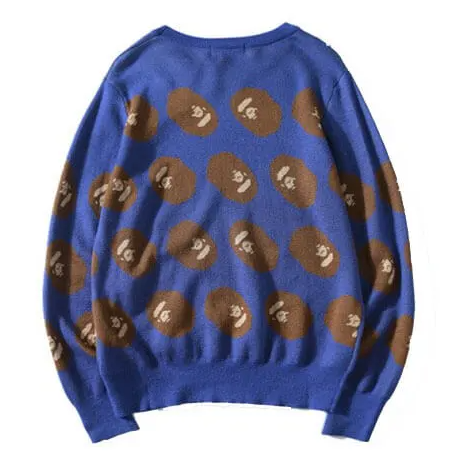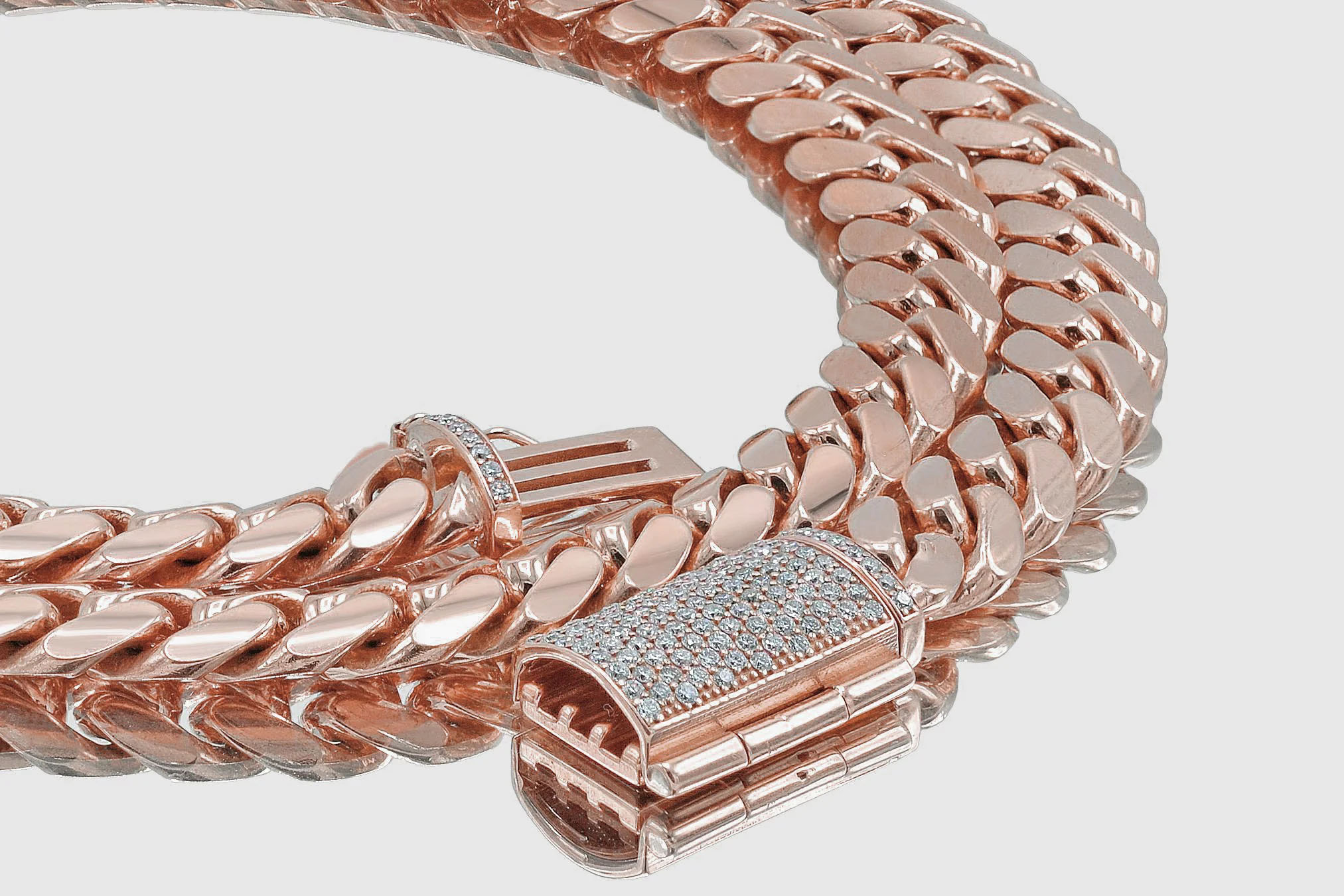Bape, short for “A Bathing Ape,” is a Japanese streetwear brand that has become synonymous with urban fashion and culture. Since its inception in 1993 by Nigo (real name: Tomoaki Nagao), Bape has consistently pushed the boundaries of creativity and uniqueness, offering a wide range of products that include clothing, accessories, and sneakers. One of the standout pieces in the Bape collection is the Bape sweater, which has evolved over the years to become a symbol of the brand’s innovative approach to fashion. In this 2000-word exploration, we will delve into the fascinating journey of Bape sweaters, tracing their evolution from the early days of the brand to their current status as coveted collector’s items.
The Birth of Bape
Before we delve into the evolution of Bape sweaters, it’s essential to understand the origins of the brand. Bape was founded in the heart of Tokyo’s Harajuku district, a hub of youth culture and fashion innovation. Nigo, a young enthusiast of street fashion, decided to create a brand that would stand out in a market saturated with Western influences. His vision was to design clothing that was uniquely Japanese and authentically street. Bape was born out of this vision, and it quickly gained attention for its distinctive and playful designs.
Bape Sweaters: The Early Days
In the early 1990s, when Bape was still a burgeoning brand, its clothing line was relatively limited compared to what it offers today. However, even in those early days, Bape sweaters were already turning heads. These sweaters were characterized by bold and eye-catching graphics, often featuring the iconic Bape logo—a camouflaged ape face. The designs were a fusion of Japanese pop culture, street art, and Nigo’s creative vision. The use of bright and contrasting colors, alongside unconventional patterns, set Bape sweaters apart from the crowd.
The concept of exclusivity and limited production was also introduced during this period. Bape would release a limited number of sweaters, creating a sense of urgency and desirability among fashion-forward youth. This strategy was crucial in establishing Bape as a brand that stood for rarity and authenticity.
A Bathing Ape: The First Collaboration
The early 2000s marked a significant milestone in Bape’s journey, as the brand began to collaborate with other influential designers and brands. This not only increased Bape’s visibility on the global stage but also played a crucial role in shaping the evolution of Bape sweaters.
One of the most notable collaborations was with American streetwear icon Pharrell Williams. The Bape x Pharrell sweaters, released in 2005, became an instant sensation. They featured the iconic Bape camo pattern with Pharrell’s distinctive “Billionaire Boys Club” and “Ice Cream” logos. These sweaters exemplified the brand’s ability to blend Japanese and American streetwear culture seamlessly.
The Bape x Pharrell collaboration was a turning point in the history of Bape sweaters, as it showcased the brand’s willingness to push boundaries and explore new design elements. It set a precedent for future collaborations with high-profile figures from the worlds of music, fashion, and art.
Bape Sweaters in Streetwear Culture
As the 2000s progressed, Bape sweaters continued to be a sought-after item in streetwear culture. The brand’s unique designs and collaborations with influential artists and designers solidified its place as a trendsetter in the fashion world. Bape was not only worn by streetwear enthusiasts but also embraced by celebrities and musicians, further boosting its popularity.
Bape’s sweaters often incorporated references to pop culture, including anime, manga, and video games. These designs resonated with a young and diverse audience, making Bape sweaters a statement of individuality and self-expression. The brand’s ability to capture the zeitgeist of the times and infuse it into its sweaters made them an essential part of urban fashion culture.
The Role of Iconic Logos
Bape sweaters are known for their prominent branding and logo placement. The Bape camo pattern, featuring the ape face, is one of the most iconic logos in streetwear history. This logo was often featured on Bape sweaters, either as an all-over print or a bold front and center graphic.
The ape logo represented not only the brand itself but also the idea of “hiding in plain sight.” Bape’s use of camouflage patterns and the ape logo itself symbolized the idea of blending in while standing out—a metaphor for how the brand operated within the fashion industry.
The Evolution of Bape Sweater Materials
While Bape sweaters have always been known for their distinctive designs, the brand has also evolved in terms of the materials used in their production. In the early years, Bape sweaters were primarily crafted from cotton, which was comfortable and ideal for streetwear. However, as Bape expanded its reach and ventured into high-fashion collaborations, the materials used in their sweaters became more diverse.
Cashmere, wool, and even technical fabrics made their way into Bape sweater collections. These premium materials elevated the brand’s offerings and catered to a more upscale clientele. The introduction of luxurious materials highlighted Bape’s adaptability and its ability to cater to a wider range of fashion preferences.
The Bape Shark Hoodie
One of the most iconic and enduring pieces in the Bape sweater collection is the Bape Shark Hoodie. This distinctive design features a zipper that zips up over the wearer’s face, creating a “shark” mouth when fully closed. This unique design element not only offered practicality and warmth but also added an extra layer of visual appeal.
The Bape Shark Hoodie quickly became a must-have for streetwear enthusiasts and was frequently seen on celebrities and fashion influencers. The hoodie was produced in various colorways and camo patterns, adding to its collectibility. Its popularity and recognition transcended cultural and regional boundaries, making it a globally recognized symbol of Bape’s innovation.
The Bape Shark Hoodie also became a canvas for creative collaborations. Bape worked with renowned brands and artists, such as Puma, Undefeated, and Medicom Toy, to create limited-edition versions of the hoodie. These collaborations generated a buzz among collectors and enthusiasts, reinforcing Bape’s reputation for exclusivity and limited availability.
The Resurgence of Vintage Bape
In recent years, there has been a resurgence of interest in vintage Bape pieces, including Bape sweaters. Collectors and fashion enthusiasts have developed a strong appreciation for the brand’s earlier designs and collaborations, sparking a growing market for vintage Bape items.
Vintage Bape sweaters from the late ’90s and early 2000s have become highly sought after. Their bold graphics and distinctive designs, along with their historical significance in streetwear culture, make them valuable collector’s items. Some vintage Bape sweaters now command premium prices in the resale market, a testament to their enduring appeal.
The Future of Bape Sweaters
As Bape continues to evolve, its sweaters remain a focal point of the brand’s collections. The brand has embraced sustainability, and it’s likely that future Bape sweaters will incorporate eco-friendly materials and production processes to meet the demands of socially conscious consumers.





